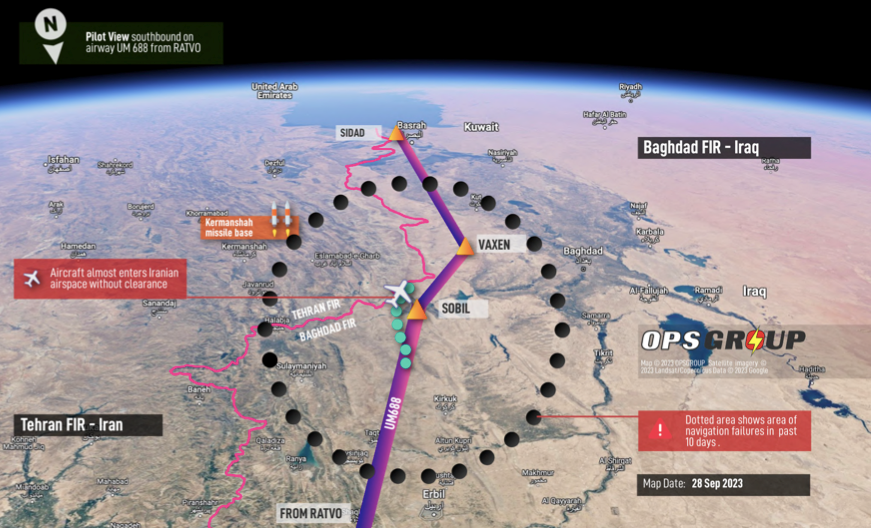The European Union Aviation Safety Agency (EASA) and the International Air Transport Association (IATA) held a recent workshop on incidents where people spoofed and jammed satellite navigation systems, and concluded these pose a “significant challenge” to safety.
Mitigating the risks posed by such actions will require measures to be enacted in the short term as well as medium and long term timescales, the two bodies said. They want to start by sharing information about the incidents and any potential remedies.
In Europe, this information sharing will occur through the European Occurrence Reporting scheme and EASA’s Data4Safety program. Given the global nature of the problem, a broader solution would be better, but this would have to be pursued at a later date, EASA said.
Inevitably, another of the measures involves retaining traditional navigation aids to ensure there is a conventional backup for GNSS navigation, while a third calls for guidance from aircraft manufacturers to airlines and other aircraft operators to ensure they know how to manage jamming and spoofing situations.
As a further measure, EASA said it will inform all relevant stakeholders, which includes airlines, air navigation service providers, airports and the air industry, about recorded incidents.
Interference with global navigation systems can take one of two forms: jamming requires nothing more than transmitting a radio signal strong enough to drown out those from GPS satellites, while spoofing is more insidious and involves transmitting fake signals that fool the receiver into calculating its position incorrectly.
According to EASA, jamming and spoofing incidents have increasingly threatened the integrity of location services across Eastern Europe and the Middle East in recent years.
[…]
Source: GPS interference now a major flight safety concern • The Register

Robin Edgar
Organisational Structures | Technology and Science | Military, IT and Lifestyle consultancy | Social, Broadcast & Cross Media | Flying aircraft

